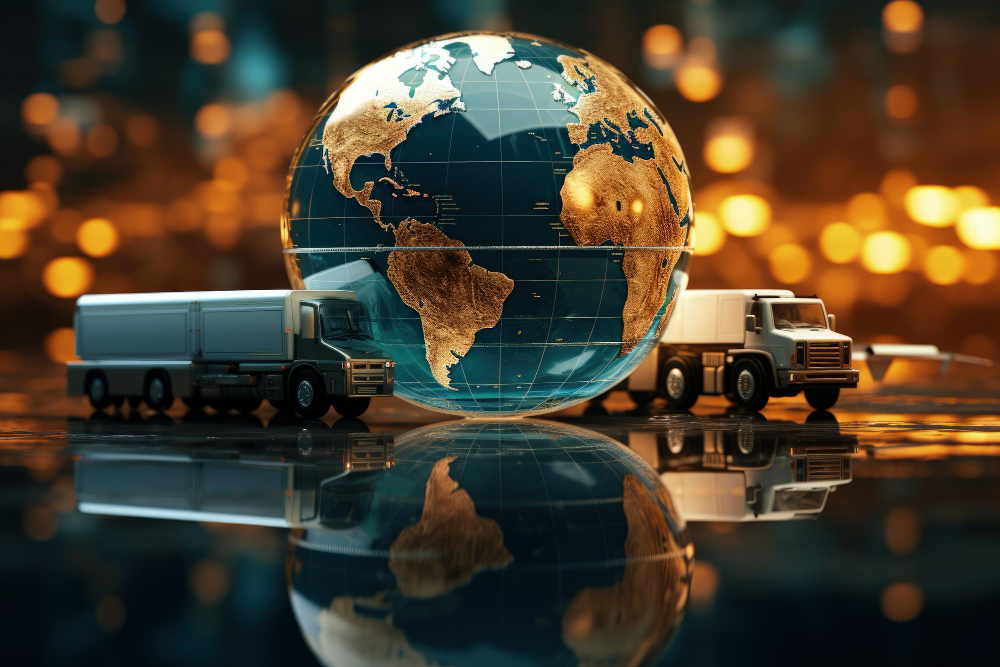Transportation plays a pivotal role in facilitating global trade and commerce, enabling the efficient movement of goods, people, and ideas across vast distances. Over the centuries, various forms of transportation have emerged, each contributing to the growth and interconnectedness of the global market. From ancient trade routes to modern transportation networks, the quest for efficient business operations has driven innovation and transformation in the realm of transportation.
Navigating the High Seas
Maritime shipping stands as one of the oldest and most enduring forms of transportation in the global market. From the ancient Phoenician traders to the modern container ships, maritime shipping has connected continents, facilitated international trade, and fueled economic growth. The introduction of containerization in the mid-20th century revolutionized maritime transportation, allowing for the efficient loading, unloading, and transport of goods in standardized containers, significantly reducing shipping costs and transit times.
Soaring to New Heights
The advent of air transport in the 20th century heralded a new era of speed and connectivity in the global market. Commercial airlines revolutionized long-distance travel and freight transport, offering rapid transit times and greater accessibility to distant markets. Air cargo services have become indispensable for time-sensitive shipments, perishable goods, and high-value commodities, enabling businesses to meet tight deadlines and capitalize on international opportunities with unparalleled efficiency.
Bridging Continents
Rail transport has long been recognized for its role in connecting distant regions and fostering economic development. Rail networks crisscross continents, linking production centers with distribution hubs and facilitating the movement of goods on a massive scale. High-speed rail systems have emerged as a sustainable and efficient mode of transportation, offering fast, reliable, and environmentally friendly alternatives to road and air transport for both passengers and freight.
Driving Economic Growth
Road transportation remains a cornerstone of the global market, providing vital links between urban centers, industrial zones, and rural communities. The development of modern road infrastructure, including highways, expressways, and motorways, has enhanced connectivity and accessibility, facilitating the seamless movement of goods and people across vast distances. Road transport offers flexibility, convenience, and door-to-door service, making it a preferred choice for short-distance travel and last-mile delivery.
Integrating Modes
Intermodal transportation, which involves the seamless integration of multiple modes of transport, has emerged as a cornerstone of efficient business operations in the global market. By combining the strengths of maritime shipping, air transport, rail, and road networks, intermodal transportation offers a flexible, cost-effective, and environmentally sustainable solution for moving goods across diverse geographical regions. Intermodal terminals serve as vital hubs for transferring cargo between different modes of transport, optimizing logistics efficiency and minimizing transit times.
Transforming Logistics
In the digital age, advancements in information technology and data analytics have revolutionized logistics and supply chain management, enhancing the efficiency and reliability of transportation networks. Technologies such as GPS tracking, RFID tagging, and real-time monitoring systems provide unprecedented visibility and control over the movement of goods, enabling businesses to optimize routes, minimize delays, and respond swiftly to changing market demands.
A Tapestry of Connectivity
In conclusion, no single form of transportation can claim sole credit for driving efficient business operations in the global market. Instead, it is the seamless integration and synergistic collaboration of multiple transportation modes that have paved the way for unparalleled connectivity and efficiency. Whether by sea, air, rail, or road, the movement of goods and people across borders and continents is a testament to the ingenuity and innovation of human endeavor, fueling economic growth and prosperity on a global scale.
